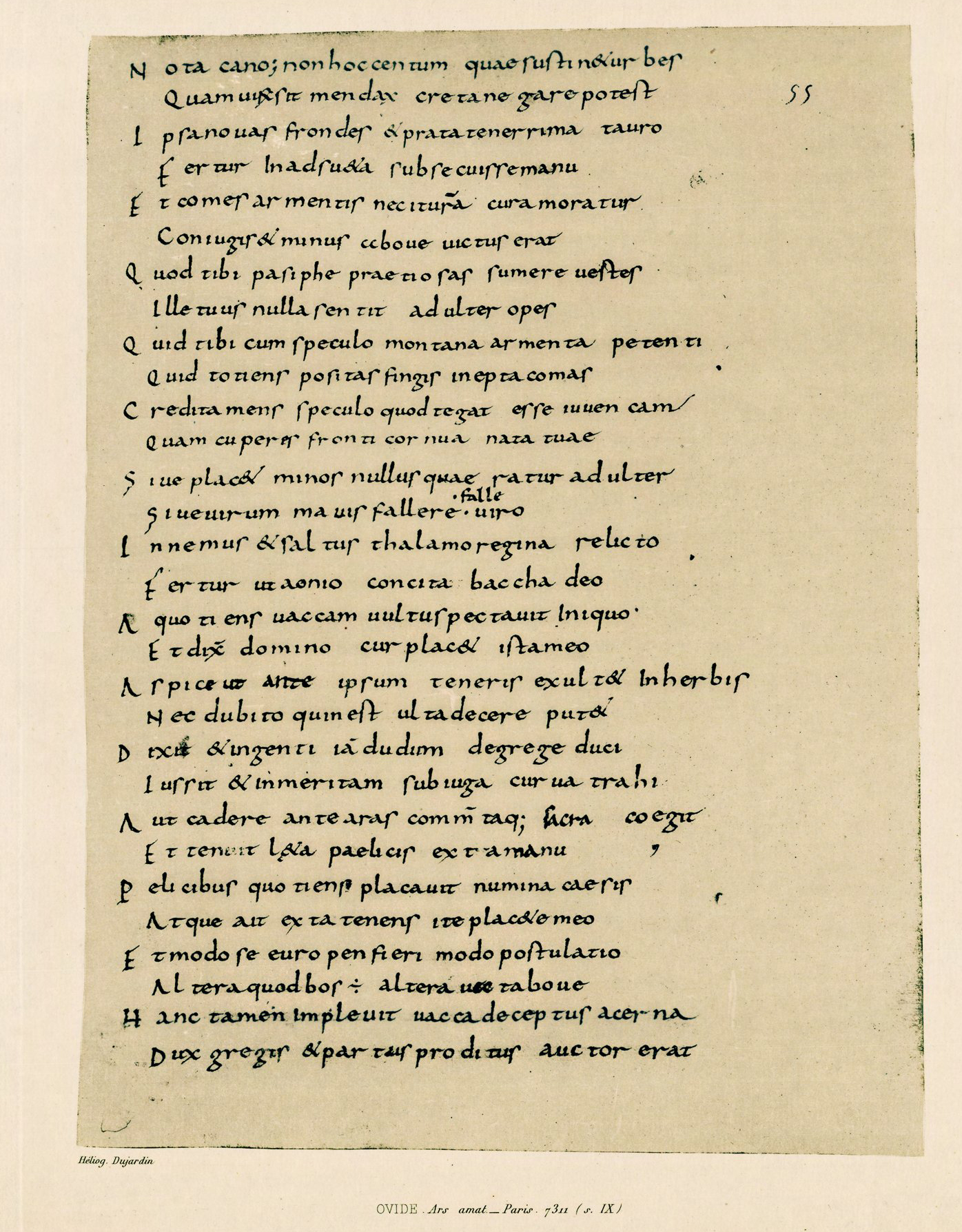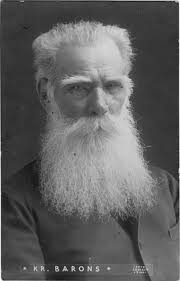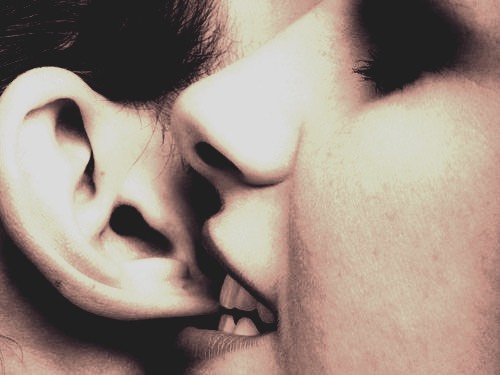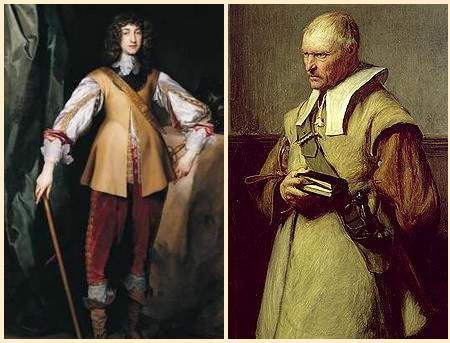Surprises abound when sifting through the wealth of LGBTQ archival material at Bijou Video. I picked up an issue of a 1970s vintage gay porn monograph or serial (not sure) called Hard? A Pictorial and Literary Study, which is comprised mostly of explicit gay sex photos, with a running text by one Dr. Jack Muller. In other words, to pass the censors, even at that time when restrictions on such material were easing up, the publication is billed as “Educational Material for Adults Only.”
Muller gives in this issue an ambitious history and analysis of pornography. I found his discussion of censorship and homosexuality and its expression interesting, and it correlates to some extent with my previous blog on this subject.
It's painfully obvious the Church/Empire nexus that began under Constantine drove any type of sex other than heteronormative procreative sex into the shadows, while at the same time creating single-sex environments, such as monastic communities. that contained homoerotic “meta-structures.” In fact, bawdy, ribald literature, though mostly heterosexual, was preserved, but also originated in medieval European monasteries, whose inhabitants were copying manuscripts of sexually explicit materials by Roman poet Ovid and others. (And in many cases not just copying, but “enacting” the actions depicted in the texts with each other.)

Source: http://dcc.dickinson.edu/ovid-amores/manuscript-tradition-ovids-amores
Meanwhile, on what was then the edge of European civilization, Constantinople (the Eastern Orthodox Church) and Rome (the Roman Catholic Church) each fought for the conversion of the Slavs to Christianity, but as was the case in Europe, it was often difficult to discern a boundary between “pagan” or “heathen” cultures and the institutional dynamics of the Church. (In fact, the binary of pagan versus Christian is actually a later interpretation, a narrative built on the idea that the Church was one monolithic entity opposing an inaccurate lumping together of the pluralistic, syncretistic religious universe of the ancient world as paganism.)

The Slavic Lithuanians actually did not officially convert to Roman Catholicism until 1387, as a condition of union with Roman Catholic Poland. The motive was political, a top-down move by the rulers (as was the case previously with European countries).
Latvia, Lithuania's neighbor to the north, was also a late convert to Christianity, the process occurring in the 12th - 13th centuries; in fact, the local populace in the countryside maintained their pagan belief systems for several centuries, with pockets of paganism surviving in Latvia up until the 17th century.

Source: https://www.europeana.eu/portal/en/record/92085/lnb_zl_17879.html
One form of erotic expression that survived in Latvia was the daina, and thanks to the writer and editor Krisjanis Barons (1835-1923), part of the “folk-nationalist” movement the Young Latvians (at that time Latvia had been absorbed into the Russian Empire), these were written down and systematized in several volumes.
The dainas were short, rhymed verses in sing-song meters easy to remember orally, reflecting on the cycle of life and death; humans live as integral, organic participants in a natural landscape, and this landscape of course includes sexual activity. Love, the selection of a partner, and marriage with that partner are common themes, and mostly heterosexual, but Dr. Muller, using a book by by Bud Berzing, Sex Songs of the Ancient Letts, quotes several which are blatantly describe homosexual acts.

One wonders, though, if these elements might have been, given the overall patrilineal emphasis in Latvian culture (even before the dominance of the Church), sung to mock and even abuse, especially foreign oppressors like the Teutonic Knight and Order of Livonia Germans who colonized Latvia in the Middle Ages:
It's a German with an aching head,
While my dunghole's hurting bad;
Come on German, place your head
Close to my dunghole.”
And:
“This boy, a pal of mine,
Has a two-headed pecker;
When he works in the drying barn,
He don't need any fork.”
“Come, laddie, rake some hay,
I got a place for stacking it,
I need one handy guy
To drive a stick in it.”

These types of verses (which were sung out loud at weddings and other events that celebrated life cycle moments) shocked a seventeenth-century German bishop named Paul Einhorn. He wrote, in his Historie lettice in 1649, “Afterwards such improper, brazen, and flippant songs were sung without interruption, day and night, that even the devil himself could not have devised and put forth anything more improper and lewd." The early modern European emphasis on enclosure and boundaries in a time when nation-states were trying to figure how religious institutions fit into their political and social goals spelt doom for many ancient customs that found profound value in the physical cycles of nature.
This was the time when the English Puritans banned the “heathenish” Christmas (albeit temporarily), Counter-Reformation popes covered up nudes, authorities everywhere burned witches and heretics and homosexuals at the stake, and Louis XIV proclaimed that he was the state, which meant vicious persecution and exile for the French Protestants (Huguenots). And a German bishop couldn't deal with euphemisms for genitalia!
It's interesting that it took a nationalist movement of resistance to rediscover and disseminate these songs, which have survived to this day even as new theocratic, nationalistic empires like Putin's Russia (and remember, Latvia had been part of the former Soviet Union) try to censor, subvert, control, and for LGBTQ persons, eliminate sexual expression.
SOURCES:
Wikipedia, entries on Krisjanis Barons, religion in Latvia, Christianization of Lithuania
Encyclopedia.com, entry on Dainas.
Muller, Jack, “How to Be Circumspect,” in Hard?: A Pictorial and Literary Study
Berzing, Bud, Songs of the Ancient Letts
Dryer, Richard. “Ovid in the Middle Ages,” at http://freepages.rootsweb.com/~aranar/genealogy/ovid.htm














 Join our Email List
Join our Email List Like Us on Facebook
Like Us on Facebook Instagram
Instagram Youtube
Youtube Follow Us on Twitter
Follow Us on Twitter Follow us on Pinterest
Follow us on Pinterest